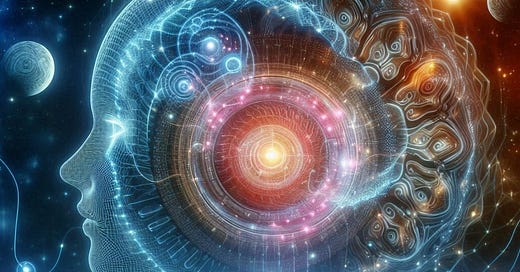Does the Soul Exist? Consciousness, Brain and Quantum Physics
“Whatever may or may not be the soul’s future, there is one impregnable central fact in existence: that here and now, in this world, we have a soul which has a life of its own in its appreciation of truth, beauty, harmony and good against evil.”
Imam Sultan Muḥammad Shah Aga Khan III
“The structure of quantum theory opens the door to the possibility that all causes and reasons need not be purely mechanical. Thoughts and intentions are themselves actual realities, and as such they ought to be able to have, in their own right, real actual consequences. Quantum theory allows this, and in actual scientific practice demands it.”
Henry Stapp
The purpose of this article is to present some key arguments for the existence of the human soul as an immaterial or “spiritual substance” (jawhar ruḥānī). Human soul and consciousness are neither identical to nor reducible to material objects such as brains, neuron firings, biochemistry, fundamental particles, etc. Of course, some materialists will claim that these arguments only leave us with a “body-soul dualism” in which spiritual substance and material substance are irreducibly different and unable to have interactions without violating the laws of physics. Therefore, we will conclude by offering a coherent model of soul-body interaction based on quantum physics by drawing on the work of physicist Henry Stapp.






